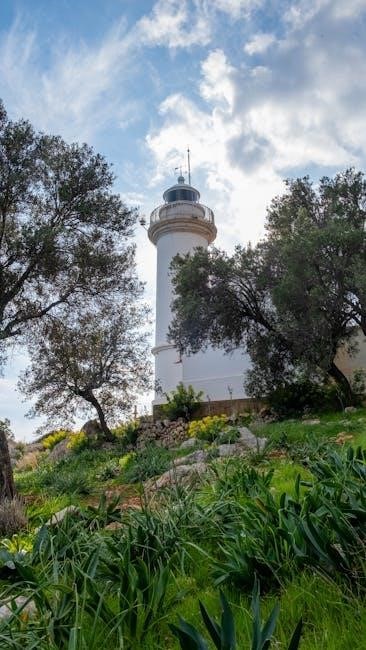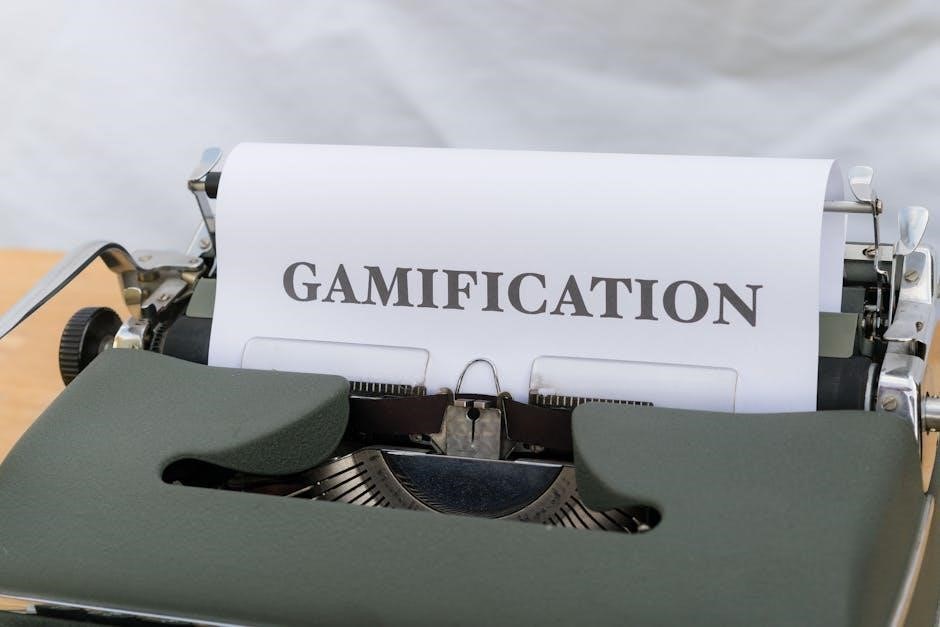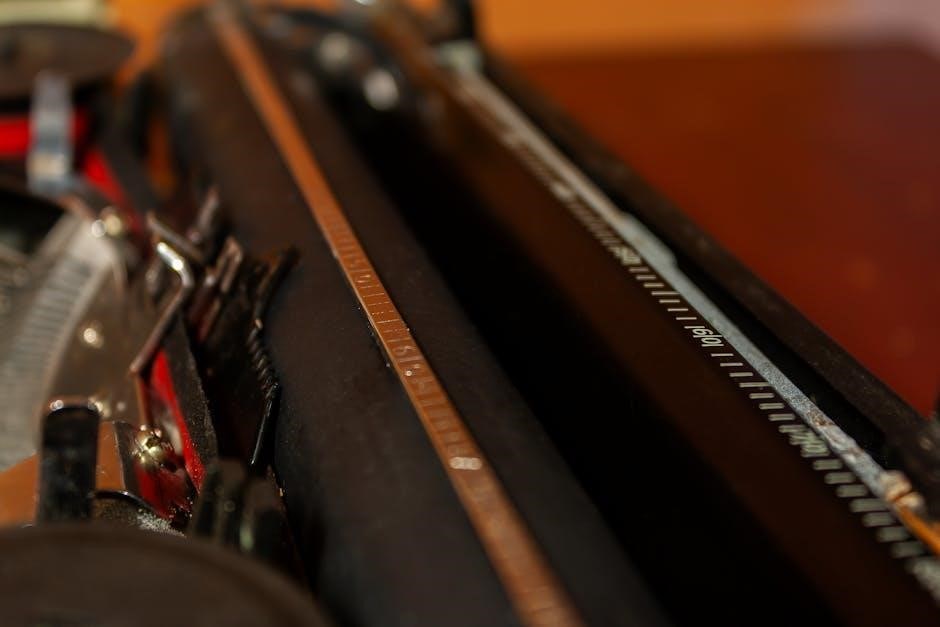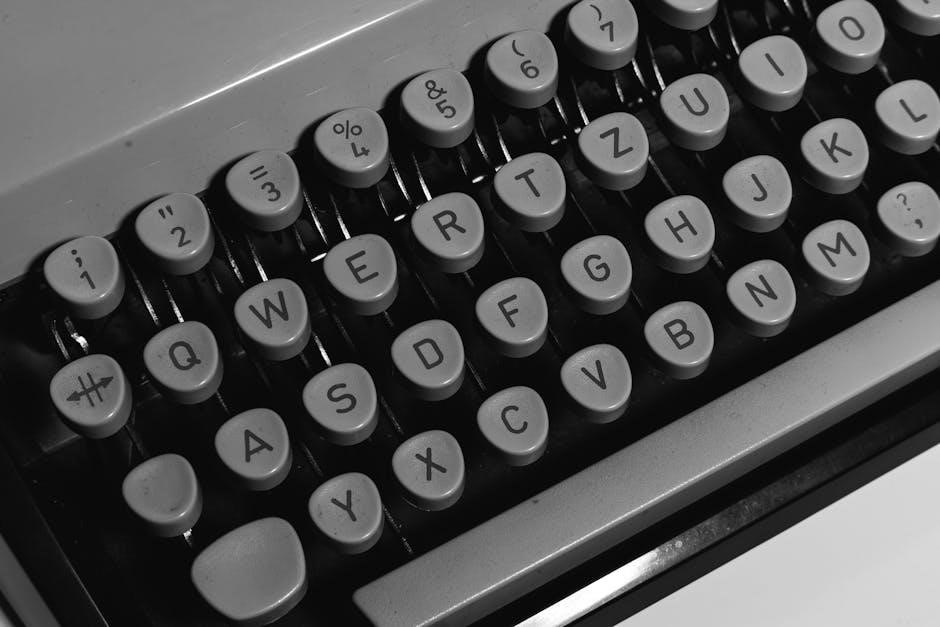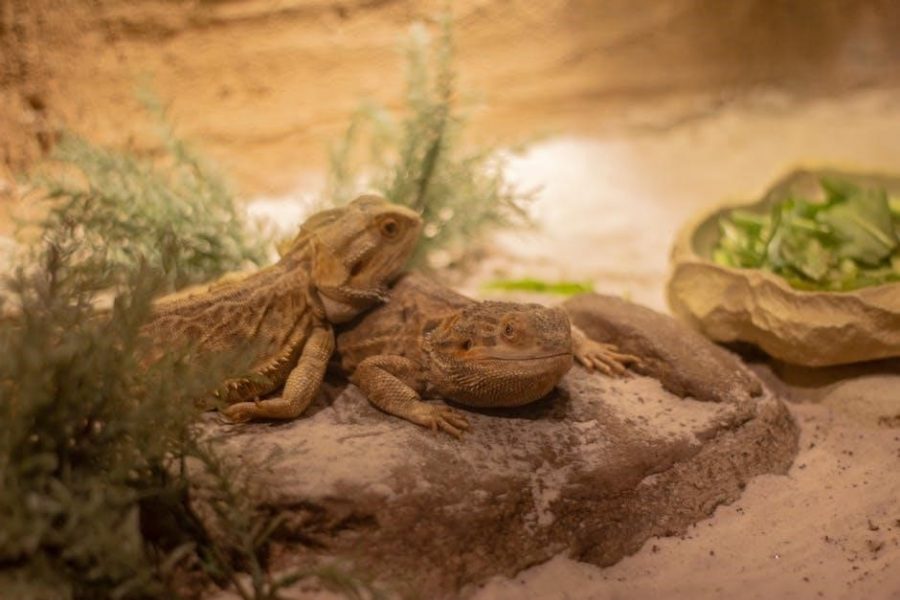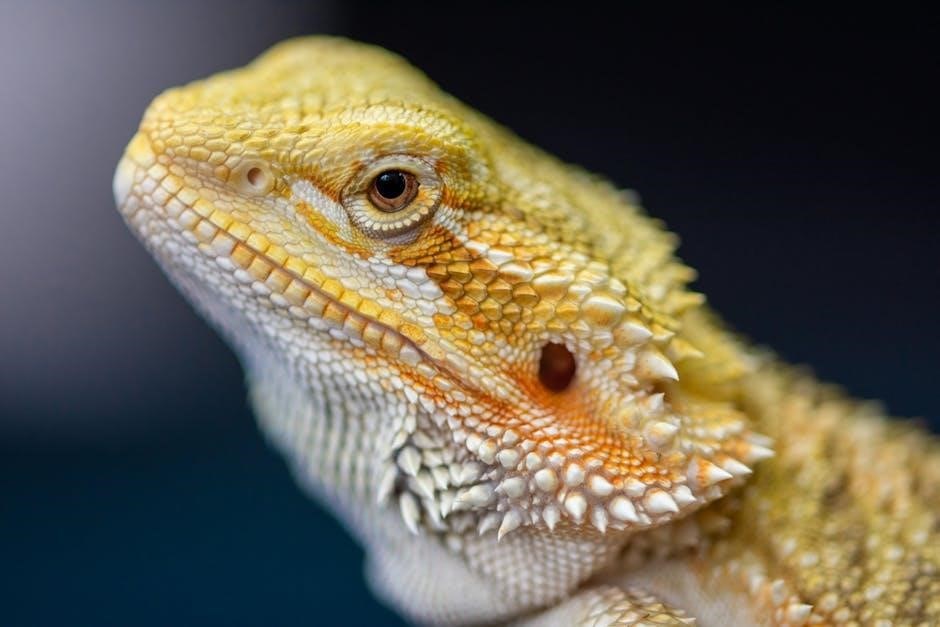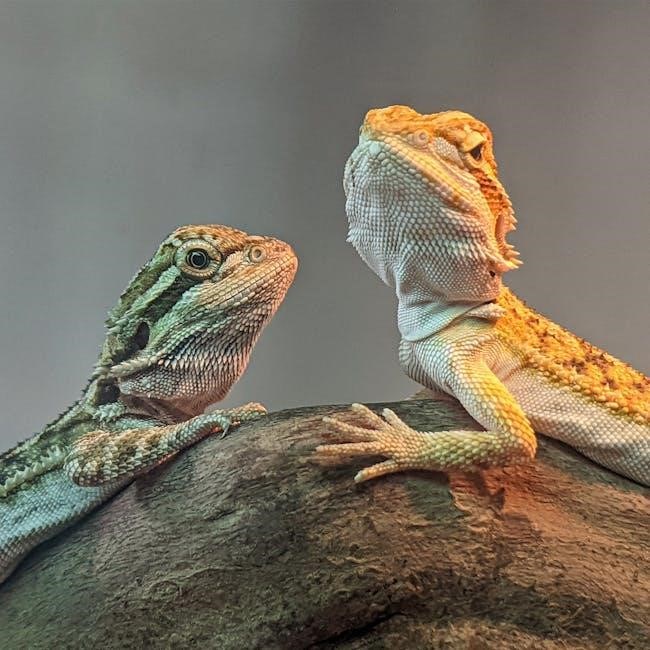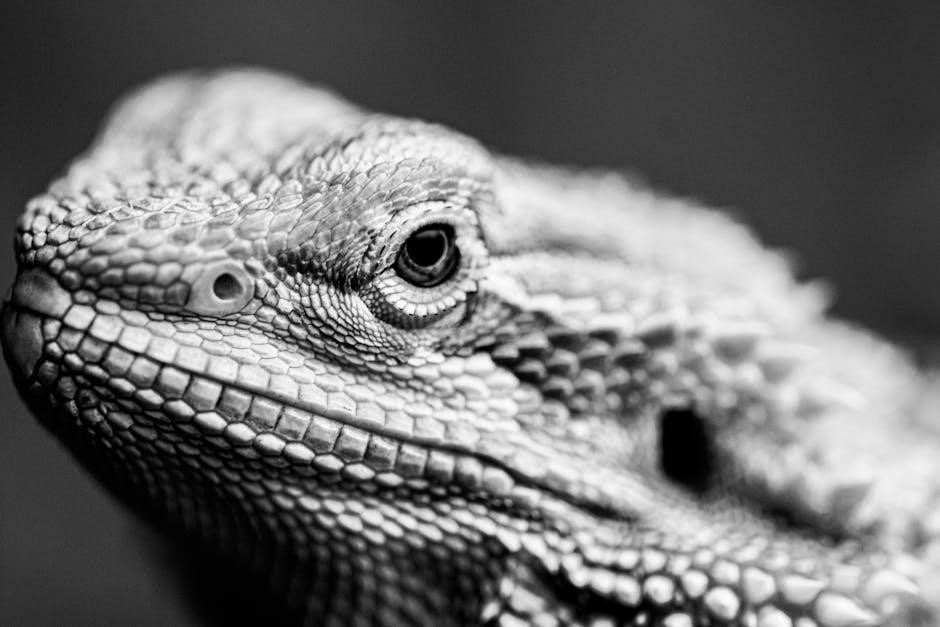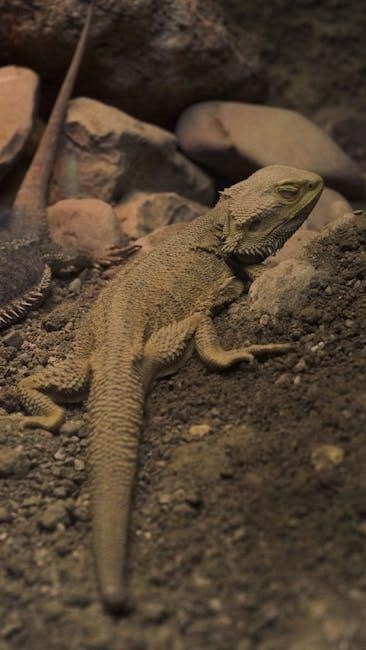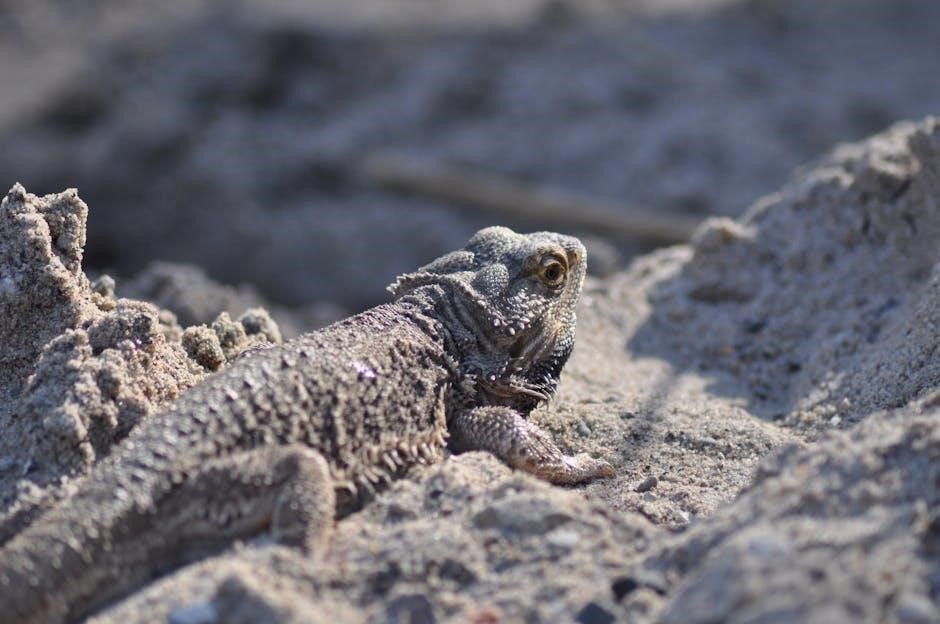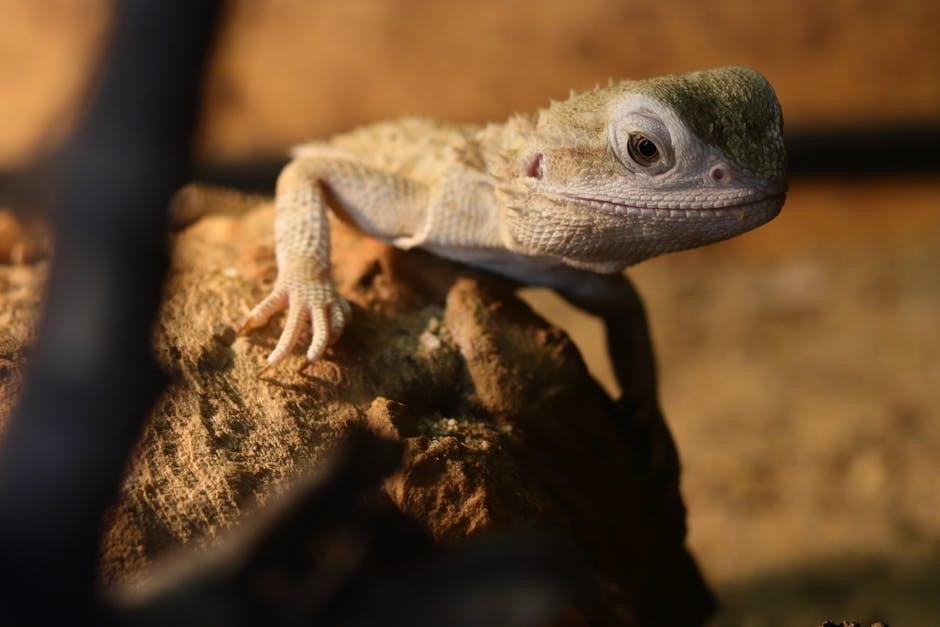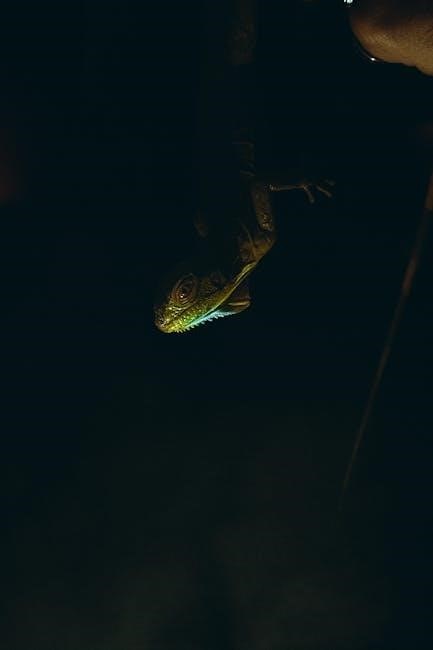Welcome to the Wilds of Eldraine Draft Guide, your ultimate resource for mastering this enchanting set. This guide blends fairy tale charm with strategic depth, offering insights into key mechanics, color pair archetypes, and drafting tips to enhance your gameplay experience.
1.1 Welcome to the Wilds of Eldraine
Welcome to the Wilds of Eldraine, a captivating Magic: The Gathering set that blends fairy tale charm with deep strategic gameplay. This guide is designed to help you navigate the unique mechanics, color pair archetypes, and drafting strategies of this enchanting set. Whether you’re a seasoned drafter or new to Limited formats, this guide will provide you with the tools to succeed. Explore the intricacies of Role Tokens, Food, and Celebration, and discover how to leverage these mechanics to build powerful decks. Let’s embark on this journey into the Wilds and unlock the secrets of Eldraine together!
1;2 Purpose of the Guide
This guide is designed to empower both new and experienced drafters with the knowledge to excel in the Wilds of Eldraine format. Its purpose is to provide a comprehensive understanding of the set’s mechanics, color pair archetypes, and drafting strategies. By breaking down the complexities of the format, this guide aims to help you build stronger decks, make informed decisions during drafts, and ultimately improve your win rate. Whether you’re looking to refine your skills or explore the set for the first time, this guide offers the insights and tools needed to succeed in the Wilds of Eldraine.
1.3 Who This Guide Is For
This guide is tailored for players of all skill levels, from newcomers to Magic: The Gathering drafting to seasoned veterans. It is ideal for those seeking to improve their drafting skills, understand the unique mechanics of Wilds of Eldraine, or explore its color pair archetypes. Whether you’re a casual player looking to enhance your Limited format experience or a competitive drafter aiming to refine your strategy, this guide provides the insights and tools needed to navigate the set effectively. It is also a valuable resource for set enthusiasts eager to uncover hidden synergies and maximize their gameplay potential.

Key Mechanics in Wilds of Eldraine
Explore the unique mechanics of Wilds of Eldraine, including Role Tokens, Bargain, Celebration, Food Tokens, and Adventure Cards, each offering distinct strategic opportunities and synergies in gameplay.

2.1 Role Tokens and Their Impact
Role Tokens are colorless Aura Enchantments that grant one of six distinct bonuses to creatures they enchant. These tokens are dynamic, as replacing a Role Token with a new one sends the original to the graveyard, triggering effects that care about Aururas or Enchantments entering or leaving play. For example, Young Hero adds a 1/1 counter on attacking creatures with toughness 3 or less, while Cursed reduces an opponent’s creature to 1/1. Role Tokens can also be sacrificed using the Bargain ability, adding another layer of strategic utility. They are a versatile and integral part of the set’s mechanics, offering both immediate benefits and long-term value in draft decks.
2.2 Bargain Ability Explained
The Bargain ability allows you to sacrifice artifacts, enchantments, or tokens to reduce a spell’s mana cost or gain additional effects. This mechanic is highly versatile, enabling cost-efficient plays while maintaining card advantage. Tokens like Role, Food, and Rat tokens are ideal for Bargain, as they provide meaningful sacrifices without depleting your permanent resources. This ability is particularly synergistic in archetypes like White-Black, where enchantments and token generation are central. Bargain adds depth to your plays, allowing for more impactful turns and strategic flexibility in the draft format.
2.3 Celebration mechanic

2.3 Celebration Mechanic
Celebration is a mechanic that rewards you for casting multiple nonland permanents in a single turn. This ability triggers when two or more nonland creatures, tokens, or enchantments enter the battlefield under your control. It synergizes well with token-generating cards and creatures that create additional permanents. Archetypes like White-Red leverage Celebration to enhance their aggressive strategies, offering bonuses such as increased power or card draw. This mechanic encourages building a wide board and drafting cards that facilitate multiple plays in a turn, making it a key component of Wilds of Eldraine’s strategic depth and fun gameplay experiences.

2.4 Food Tokens and Their Uses
Food Tokens are artifact tokens that can be sacrificed to gain 3 life. They are generated by specific cards and provide versatility in gameplay; These tokens can also be used with the Bargain mechanic to reduce mana costs or enhance spell effects. In archetypes like Black-Green Food, they are central to strategies, enabling card draw or damage through cards like Sweettooth Scourge. Food Tokens can also be sacrificed for mana in combination with spells, adding strategic depth. Their utility makes them a valuable resource, enhancing deck builds and gameplay flexibility in Wilds of Eldraine Limited formats.
2.5 Adventure Cards and Synergies
Adventure Cards offer dual functionality, allowing players to cast them as either an instant/sorcery or as a creature. This versatility provides built-in card advantage, as they can be used flexibly throughout the game. Key synergies include pairing with cards that care about instants or sorceries, such as Johann’s ability to cast adventures from the top of the library. Additionally, adventures work well with effects that trigger on casting spells or entering the battlefield. Their ability to provide both early-game interaction and late-game threats makes them highly valuable in draft decks, especially in archetypes like Blue-Red Spells or Blue-Green Mana Value 5.

Top Commons in Wilds of Eldraine
Discover the most impactful common cards across all color pairs, offering versatility and power to fuel your draft strategies, from role tokens to celebration payoffs and bargain synergies.
3.1 Black-Red Commons
Black-Red Commons shine in the Wilds of Eldraine draft, focusing on Rat synergies and sacrifice value. Cards like Ratcatcher Trainee, Lord Skitters Butcher, and Voracious Vermin fuel your Rat army, while Twisted Sewer-Witch and Gnawing Crescendo enhance their power. Sacrifice outlets like Back for Seconds and Candy Grapple provide extra mileage from your tokens. Impact Tremors and Raid Bombardment offer aggressive build-around potential, and Vampiric Rites adds late-game value. With strong support and straightforward builds, Black-Red is a top-tier choice for drafters seeking consistency and power in the format.
3.2 Black-Green Commons
Black-Green Commons in Wilds of Eldraine excel in midrange strategies, leveraging Food tokens and card advantage. Key cards include Gingerbread Hunter and Hollow Scavenger, which generate and utilize Food effectively. Sweettooth Scourge and Night of the Sweets Revenge provide impactful ways to convert Food into damage or board control. Greta stands out as a powerful payoff, enabling card draw through Food production. Additionally, cards like Brave the Wilds and Hamlet Glutton offer utility through Bargain, making Food tokens versatile resources. This archetype is well-supported and easy to build, earning it a top-tier ranking for drafters seeking consistency and value.
3.3 White-Red Commons
White-Red Commons in Wilds of Eldraine are ideal for aggressive, go-wide strategies that leverage the Celebration mechanic. Key cards like Ratcatcher Trainee, Hopeful Vigil, and Besotted Knight enable early Celebration triggers, while Charmed Clothier provides a reliable source of nonland permanents. Payoffs such as Armory Mice and Grand Ball Guest reward you for maintaining a wide board. These commons are well-supported and synergistic, making White-Red a powerful and consistent archetype. Their ability to generate early pressure and scale into the mid-game solidifies their place as top-tier picks in drafts.

3.4 Blue-Red Commons
Blue-Red Commons in Wilds of Eldraine excel in synergy with spell-heavy strategies and Adventure cards. Key Commons like Aquatic Alchemist and Frantic Firebolt provide immediate value, while Unruly Catapult rewards you for casting multiple spells. Adventure cards like Belunas Gatekeeper and Picklock Prankster double as both spells and creatures, enhancing your deck’s versatility. Cheap, interactive spells such as Spell Stutter and Torch the Tower are excellent for controlling the board. Johann’s ability to cast Adventures from the top further amplifies the archetype’s potential. These Commons make Blue-Red a strong, dynamic choice for drafters aiming to leverage spell-based synergies.
3.5 White-Black Commons
White-Black Commons in Wilds of Eldraine focus on exploiting enchantments and creature synergies. Cards like Hopeful Vigil and Conceited Witch provide early-game value and setup for late-game payoffs. Kellans Lightblades shines as a powerful enchantment that enables Bargain synergies, while Back for Seconds and Candy Grapple offer utility through sacrificing tokens. Creatures like Besotted Knight and Charmed Clothier generate Role Tokens, enhancing your board presence. This archetype rewards players who capitalize on enchantment triggers and token generation, making it a formidable choice for drafters seeking a mix of aggression and card advantage.
3.6 White-Green Commons
White-Green Commons in Wilds of Eldraine excel at generating value through Food Tokens and Role Tokens. Cards like Tempting Witch and Hollow Scavenger provide early-game consistency and token generation, enabling synergies with the Bargain ability. Gingerbread Hunter and Charmed Clothier offer versatile utility, while Ferocious Werefox and Redtooth Genealogist provide late-game threats. Thesecommons support a midrange strategy, focusing on board control and incremental card advantage through token sacrifice and enchantment triggers, making them a reliable foundation for draft decks.
3.7 Red-Green Commons
Red-Green Commons in Wilds of Eldraine are aggressive and midrange-focused, excelling at generating early pressure and scaling into late-game threats. Key commons like Picnic Ruiner and Bestial Bloodline enable the archetype’s core strategy of growing creatures to 4 power. Ruby and Boundary Lands Ranger provide synergies with 4-power creatures, while Minecart Daredevil and Daring Tracker offer consistent value. These commons support a strategy of applying early pressure and transitioning into a powerful late-game with cards like Garruk’s Uprising. Red-Green Commons are versatile and form a strong foundation for drafting an aggressive or midrange deck, with potential to splash black for additional removal or synergy.
3.8 Blue-Black Commons
Blue-Black Commons in Wilds of Eldraine are optimized for disruption and flying threats, with a focus on Faerie synergies. Cards like Snaremaster Sprite and Barrow Naughty provide early game pressure and evasion. Ego Drain and Faerie Fencing offer powerful payoffs for the Faerie tribe, while Cursed and Spell Stutter disrupt opponents. Commons like Dreaming Duelist enhance the archetype’s ability to control the board. These cards support an aggressive flying strategy with disruption elements, making Blue-Black a challenging and rewarding archetype to draft, especially when Faerie payoffs are prioritized early.
3.9 White-Blue Commons
White-Blue Commons in Wilds of Eldraine excel at tempo-based strategies with disruptive elements. Cards like Rimefur Reindeer and Vantress Transmuter provide early game threats and incidental disruption. Solitary Sanctuary and Icewrought Sentry reward tapping opponents’ creatures, synergizing with Threadbind Clique for tempo gains. Disruptive spells like Spell Stutter and Johann’s Stopgap maintain control, while Bitter Chill offers removal. Commons like Dreaming Duelist enhance evasion and disruption, making White-Blue a versatile archetype for players seeking to disrupt opponents while advancing their own board presence through efficient creatures and spells.
3.10 Blue-Green Commons
Blue-Green Commons in Wilds of Eldraine focus on mana value manipulation and creature-based synergy. Cards like Gutsy Explorer and Tempest Hart provide early game ramp and card draw, enabling smoother transitions into higher mana threats. Troyan, while an Uncommon, highlights the archetype’s potential for late-game dominance. Commons like Woodland Acolyte and Faerie Fencing support the mana value 5 theme, while Graceful Takedown offers versatile removal. Food tokens and Adventure cards also play a role, enhancing the archetype’s flexibility. Blue-Green Commons create a balanced foundation for a mid-to-late-game oriented deck, emphasizing card advantage and mana efficiency.

Color Pair Archetypes Overview
Explore the diverse color pair archetypes in Wilds of Eldraine, each offering unique strategies. From aggressive Black-Red Rats to the synergistic Blue-Green Mana Value 5, these archetypes provide a strategic framework for drafting success.
4.1 Black-Red Rats
Black-Red Rats is a highly aggressive archetype that thrives on creating and enhancing Rat creatures. Key cards like Totentanz, Swarm Piper, and Callous Sellsword enable consistent Rat generation. Lord Skitters Butcher and Voracious Vermin amplify your swarm, while Edgewall Pack and Ratcatcher Trainee provide early-game pressure. Payoffs like Gnawing Crescendo and Tattered Ratter boost your Rats’ effectiveness. Sacrifice outlets such as Back for Seconds and Torch the Tower add versatility. Impact Tremors and Raid Bombardment are excellent build-arounds for a more aggressive build, while Vampiric Rites offers late-game value. This archetype is straightforward to build and is expected to perform exceptionally well in the format.
4.2 Black-Green Food
Black-Green Food is a midrange archetype focused on generating and utilizing Food Tokens. Cards like Greta and Sweettooth Scourge convert Food into card advantage or damage. Gingerbread Hunter and Hollow Scavenger provide early pressure and token generation. Night of the Sweet’s Revenge offers mana ramp and late-game power. Food Tokens can be Bargained with cards like Brave the Wilds and High Fae Negotiator. This archetype is well-supported, making it easy to build and highly versatile; With strong synergies and utility, Black-Green Food is a top-tier choice, capable of adapting to various draft strategies and ensuring consistent performance across the format.
4.3 White-Red Celebration
White-Red Celebration is an aggressive go-wide archetype that thrives on triggering Celebration, rewarding you with bonuses when two or more nonland permanents enter the battlefield in a single turn. Key creatures like Ash, Party Crasher, and Imodanes Recruiter help enable this mechanic. Payoff cards such as Armory Mice and Grand Ball Guest amplify the benefits of Celebration. The archetype excels at creating an overwhelming board presence early and maintaining momentum. With strong support and a high power level, White-Red Celebration is a top-tier choice, making it ideal for drafters seeking an aggressive, synergistic strategy.
4.4 Blue-Red Spells
Blue-Red Spells is an archetype that revolves around playing numerous Instant and Sorcery spells, with key payoffs like Aquatic Alchemist, Splashy Spellcaster, and Frantic Firebolt. Adventure spells, such as Belunas Gatekeeper and Picklock Prankster, enhance your spell count without sacrificing creature presence. Johann can even cast Adventures from the top of your library, adding versatility. Cheap, interactive spells like Torch the Tower and Spell Stutter, along with card-drawing options like Johanns Stopgap, provide consistent value. While its power level isn’t the highest initially, Blue-Red Spells becomes a strong contender as the format evolves, making it a solid choice for experienced drafters seeking strategic depth.
4.5 White-Black Bargain
White-Black Bargain focuses on leveraging the Bargain ability and enchantment synergies. Key cards like Kellans Lightblades and Back for Seconds trigger when enchantments are sent to the graveyard. Creatures with Role Tokens, such as Besotted Knight and Charmed Clothier, enhance this strategy. Payoffs include Ashioks Reaper and Knight of Doves, which benefit from enchantment-related triggers. While the archetype requires careful setup, its potential for card advantage and late-game power makes it rewarding. With proper execution, White-Black Bargain can dominate, though its complexity may challenge newer players aiming to master this intricate playstyle.
4.6 White-Green Auras
White-Green Auras revolves around enchantments and Role Tokens, aiming to enhance creatures with persistent effects. Key payoffs include Tanglespan Lookout and Rimefur Reindeer, which thrive with multiple Auras. Creatures like Slumbering Keepguard and Redtooth Vanguard provide early threats while scaling late-game. Role Tokens from Besotted Knight and Charmed Clothier synergize with Archons Glory and Agathas Champion. Despite the risk of removal and bounce effects, the archetype offers strong rewards, especially for experienced players. Proper management of Auras and tokens is crucial to maximize this deck’s potential, making it a viable choice for those who enjoy enchantment-based strategies.

4.7 Red-Green 4-Power
Red-Green 4-Power is an aggressive midrange archetype that leverages creatures with 4 or more power to dominate the board. Signpost Uncommons like Ruby and Picnic Ruiner highlight this strategy. Early creatures like Minecart Daredevil and Verdant Outrider apply pressure, while cards like Picnic Ruiner and Bestial Bloodline help grow creatures to 4 power. Payoffs include Boundary Lands Ranger and Territorial Witchstalker, which reward your investment in larger creatures. This archetype benefits from Green’s ability to splash strong Black cards, making it a solid option if other color pairs like Black-Red or Black-Green are contested. Its flexibility and support make it a reliable choice for drafters.
4.8 Blue-Black Faeries
Blue-Black Faeries is a tempo-aggro archetype focused on dominating the air with flying creatures and disrupting opponents. Key Uncommons like Opera, Dreaming Duelist, and Spellscorn Coven highlight this archetype. Early-game Faeries such as Snaremaster Sprite and Barrow Naughty provide evasion and disruption. Payoffs include Piclock Prankster, Ego Drain, and Faerie Fencing, which enhance your board control. A small Flash subtheme with Dream Spoilers adds versatility. While Common support is limited, the archetype shines when Uncommons flow late in packs. Ranked Tier 3, it’s a niche but powerful choice for experienced drafters, especially when key pieces are available.
4.9 White-Blue Tap

White-Blue Tap is a tempo-aggro archetype that excels at disrupting opponents by tapping their creatures. Key cards include Sharae of Numbing Depths and Threadbind Clique, which reward tapping with bonuses. Solitary Sanctuary and Icewrought Sentry further enhance this strategy. Cheap, incidental tapping effects like Rimefur Reindeer and Vantress Transmuter are prioritized over more mana-intensive options. Disruptive spells like Spell Stutter and Johanns Stopgap complement the deck’s tempo game. While challenging to build, White-Blue Tap offers strong rewards for experienced players, especially when multiple Signpost Uncommons are drafted. It’s a niche but competitive choice in the format.
4.10 Blue-Green Mana Value 5
Blue-Green Mana Value 5 focuses on ramping to cast high-impact spells. Key cards like Troyan and Gutsy Explorer help accelerate mana development. This archetype thrives on synergy with Adventure cards, offering card advantage through their dual-use nature. Cards like Tempest Hart and Boundary Lands Ranger provide late-game power. The deck benefits from Green’s ability to splash Black cards for added versatility. While it requires careful planning, Blue-Green offers a unique playstyle that rewards strategic deck building and patient gameplay, making it a compelling choice for drafters seeking a balanced approach.

